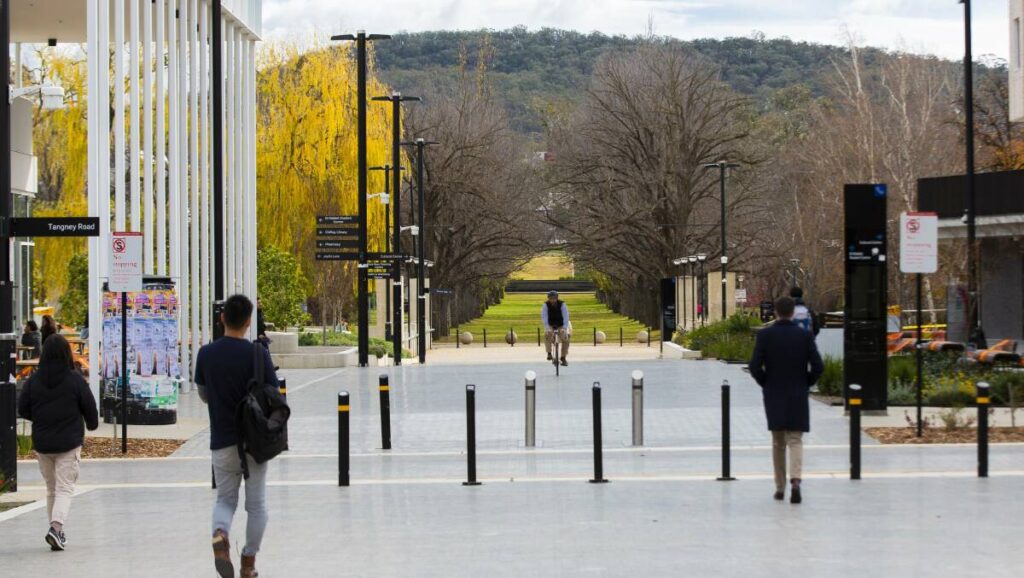
UPDATE: Millions of Australians will see their student debt slashed by 20% starting in November, marking a significant financial relief for recent graduates. This one-off reduction, impacting all Higher Education Loan Program (HELP) debts, will be backdated to June 1, 2023, as confirmed by Federal Education Minister Jason Clare.
In a statement earlier today, Clare emphasized the immediate benefits for students, saying, “Students will be able to see it and feel it.” This reduction is set to alleviate financial pressures just as graduates embark on their careers. However, significant changes to the repayment structure could pose challenges if not managed wisely.
The minimum compulsory repayment threshold will rise to $67,000 in the 2025-26 income year, up from $56,156 in 2024-25. According to Mark Chapman, director of tax communications at H&R Block, this adjustment means that lower-income earners can retain more take-home pay before facing repayments. “It’s a fairer design that eases the pressure on graduates as they establish themselves financially,” Chapman stated.
While the increase in the repayment threshold may seem beneficial, it could also lead to prolonged repayment periods for some graduates. “A higher repayment threshold does mean some graduates will start repaying later, allowing more time for indexation to compound,” Chapman warned. Understanding how indexation works is crucial for managing student debt effectively.
Important Advice: As indexation is applied every June 1, Chapman advises graduates to consider making small voluntary repayments before this date. “These repayments can reduce the balance that indexation is applied to, potentially saving significant money over the life of the loan,” he noted. This proactive approach could also improve graduates’ borrowing capacity for major purchases like homes or cars.
The 20% cut in student debt is a central commitment made during the Labor election campaign and represents the first legislation introduced in the new parliament. The government estimates that approximately 3 million Australians will benefit, with an average debt reduction of $5,520 for those holding a debt of $27,600.
Despite initial opposition from the coalition, new leader Sussan Ley has signaled that the opposition will not impede this significant measure. “We do care about students who are struggling with the cost of living,” Ley remarked, highlighting a shift towards a more supportive stance for the affected graduates.
As these changes take effect, graduates and current students are urged to review their financial situations and consider proactive measures to manage their student debt effectively. With the potential for long-term impacts on financial stability, the urgency to act is clear.
Stay tuned for further updates as this story develops.







